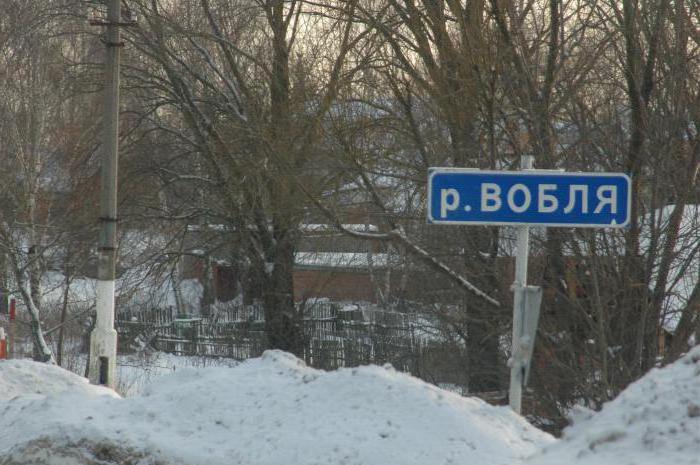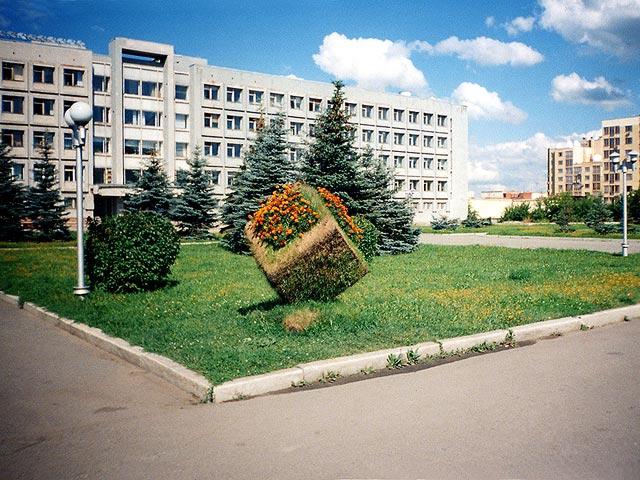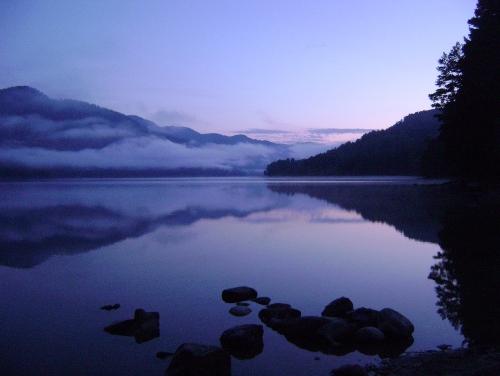The Upa River is one of the most picturesque tributaries.Oki. It flows through the Tula region of Russia and is very popular among fishing enthusiasts. In addition, on its banks there are many interesting sights, noteworthy lovers of history and architecture.

Description
River Upa, sung in the works of the greatRussian writers Tolstoy, Turgenev and Bunin, has a pool area of 9 510 square meters. km, its length is 345 km, and the width varies from 30-40 meters. It begins on the Volov plateau and flows within the boundaries of the Central Russian Upland. Until Tula, the Upa waters, which form several large loops, move to the north. Then its channel turns to the west and flows into the Oka River near the village of Kuleshovo.
The river feed is mainly snowy.The flood lasts from the last days of March to the beginning of May. At the same time, the average annual water discharge at a distance of 89 km from the mouth of the Upa amounts to 40.2 cu. m / s The freezing of the river occurs at the end of November during December and opens around the end of March - at the beginning of April.
On the banks of Upa are located the cities of Tula and Sovetsk, as well as the village of Odoyev.

Flow
First, Upa is narrow and flows to the north.over open area. At the city of Sovetsk on it was built a reservoir of 5.7 square meters. km Behind its dam, Upa has a stable level and steep picturesque shores overgrown with mixed forest. Beyond the village of Prilepy, the river is crossed by the Tula highway.
Below the confluence of the Right flow of the Shat into the Upait leaves the zone of green massifs and continues to flow between the fields. Then Tula is on its way, and it becomes a fairly full-flowing river with steep, open banks and a wide valley.
Having passed the village of Ketri, Upa makes a turn and, changing the direction of the current, moves to the southwest. This site, up to the village of Novaya Pavshino, is a great place for fishing.
Below the village Nikolskoye begin fast andrapids, and then upa flows through the Krapivna locker. In this area, the river floodplain is swamped in some places, and the banks are covered with dense mixed forest. Having passed the village of Yartsevo, Upa leaves the zaseki and creates several convolutions. The river flows into the Oka just above the city of Chekalin.

History
Researchers believe that the name Upa comes from the Baltic word "upe", which translates as "river".
It is known that the basin of this tributary of the Oka wasinhabited at the beginning of the Iron Age. There, about 6 in about. BC The Eastern Baltic carriers of Verkhneoksky culture, who founded the site of ancient settlement Radovishche, lived. Later, in the 5-7 centuries of our era, they were assimilated representatives of the Golyad tribe, and after 500 years they suffered the same fate, and they were dissolved in the Slavic tribe of Vyatichi.
Upa and its tributaries in the territory of Tula
In 1741-1831, 10 rivers flowed through the city.Among them, apart from Upa, were Tulitsa, Khomutovka, Funnel, Bezhka, Rogozhnia, Rzhavets, Trostyanka, Serebrovka and Sezha. At the moment, only 6 rivers have been preserved, with some more resembling streams. More recently, the Upa River was navigable, and barges were moving along it. Today it has become shallower and divides Tula into 2 unequal parts.
Interesting Facts
In the early 18th century, when the Oka were builtlocks, Upa became part of the shipping route leading from central Russia to the sea along the Oka, Shatu and Don through Ivan-lake. The first caravan of ships passed along this road in 1707. However, after the attention of Peter the Great switched to the Baltic, the route lost its relevance. At the same time, the Upa River was intensively used as a transport artery to meet local needs until the middle of the last century.

Tulitsa
This is the right tributary of Upa.It is 38 km long and winding. The river flows through the territory of the city from the Medvenki village to the confluence of the Upu River at the Zarechensky Bridge. The floodplain Tulitsa is quite swampy and is a place potentially dangerous for flooding. For this reason, it is not built up and is a corner of virgin nature within the city limits.
Attractions on the banks of Upa
Tula is a city famous for its monuments.Among them are those that are located on the banks of Upa. In particular, this river flows through the territory of the park named after Demyan Poor, and also near the Chulkovsky cemetery, where the famous Lefty was buried in the 19th century. In addition, several years ago, the embankment of the Upy River was decorated with a beautiful snow-white rotunda, from the site in front of which there is a magnificent view. She quickly became a favorite place for Tula newlyweds who come there to take pictures. The rotunda is also notable for the fact that one of the main tourist sites of the city, the Museum of Arms, is located opposite it, on the other bank of Upa. By the way, the “joint” photograph of these two architectural symbols of Tula, together with the adjacent embankment section, is the main decoration of most of the tourist avenues dedicated to the region.
River Upa: fishing
The rivers of the Tula region enjoy greatPopular with lovers to sit with a fishing rod. In particular, this river is found tasty, fat and large roach. And the largest specimens are caught, as a rule, closer to the Oka. On the spinning roach can be successfully caught near the village of Sergeyevskoye, where Upa is crossed by the Tula road and access to the river can be done without problems at any time of the year. The main fish - perch and small pike, which can be caught in fairly large quantities.
Chubs, minnows, ruffs, catfish, bream, burbot, perch, carp and bleak are also found in the waters of the Upa River.

Alloy
Outdoor enthusiasts can admirethe beauty of the landscapes of Upa, breaking it in a canoe. The best place to start such a mini-trip is the embankment of the river Upa (Tula) in the area of the railway bridge, which is located 0.5 km from the station.
On the site from the city to Krapivna you will meetseveral existing and destroyed dams. Therefore, approaching them, you will need to pull the kayak out of the water and make a carry around. Below the city of Tula, the river Upa for about 25 km is polluted with sewage, and this section should be tried to go quickly.
There are practically no beaches on the banks of the river.In addition, on a large part of the path, it will be difficult for you to find a place to exit. At the same time, the bottom of the river is mostly rocky-muddy, and after Odoev at the water's edge, willow thickets are found all the time. The most interesting begins after overcoming the mouth of the Upa, as there are already many beaches and open beaches. You can complete the journey on the right bank of the Oka river by reaching the bridge on the Kozelsk-Kaluga highway.

Now you know what is called one of the mostbeautiful rivers of the Tula region. Landmarks located on its shores, as well as magnificent landscapes deserve to see it. Virtually all areas of the Upa River can be easily reached by boat, so it’s best to study everything from the water.












